On 17 September, 2023, India clinched the win at the Asia Cup 2023 Final. Deafening cheers and victory screams competed as they filled the Premadasa International Stadium in Colombo, Sri Lanka. Any onlooker would testify that a magical bowling spell, a slew of on-field tactics, and a stellar set of players were responsible for the win.
And history will agree!
The win will go down as yet another glorious chapter in India’s book of sports. But even as we bask in this victory, we recall numerous legends who took Indian sports to the echelons of success.
1. Batting their way to success
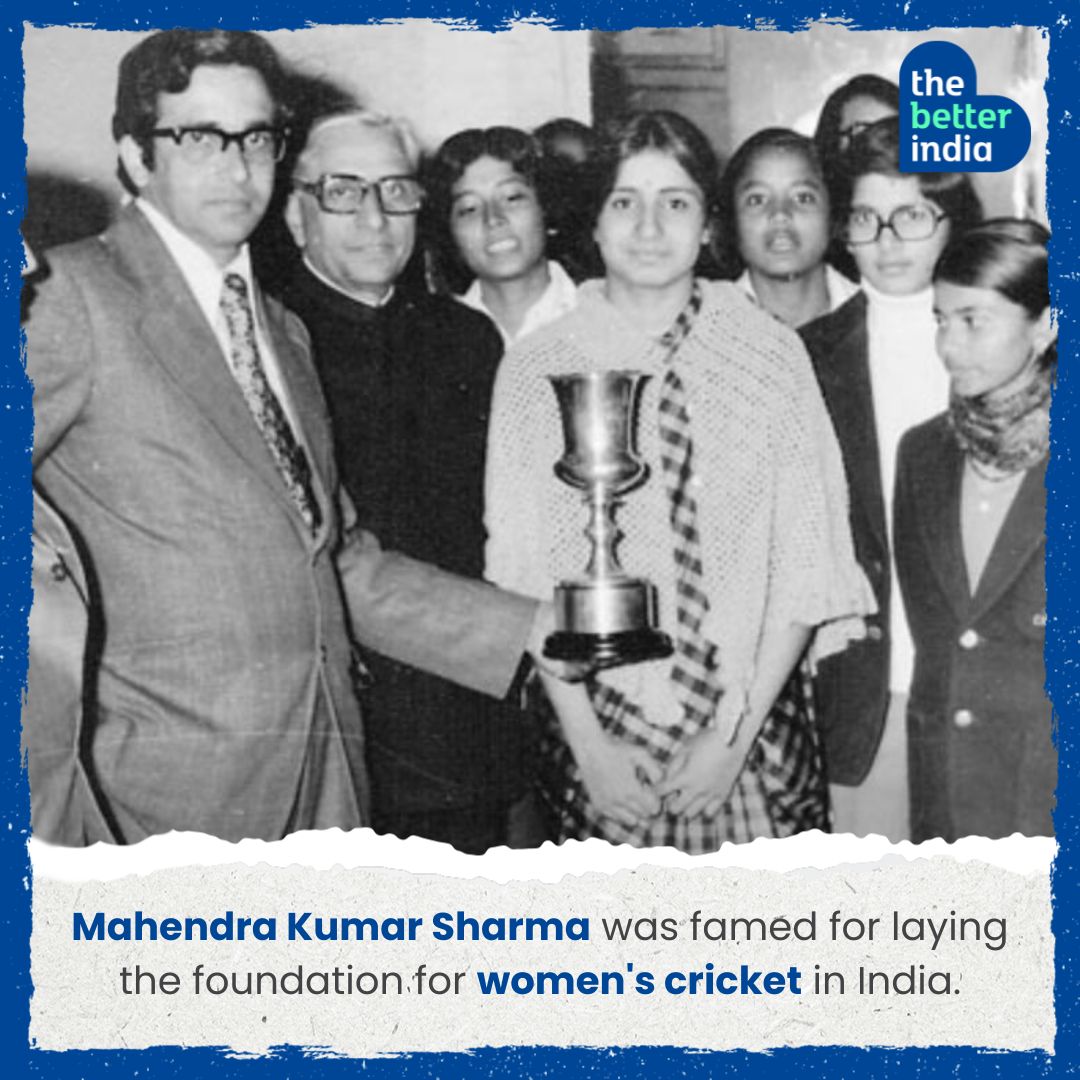
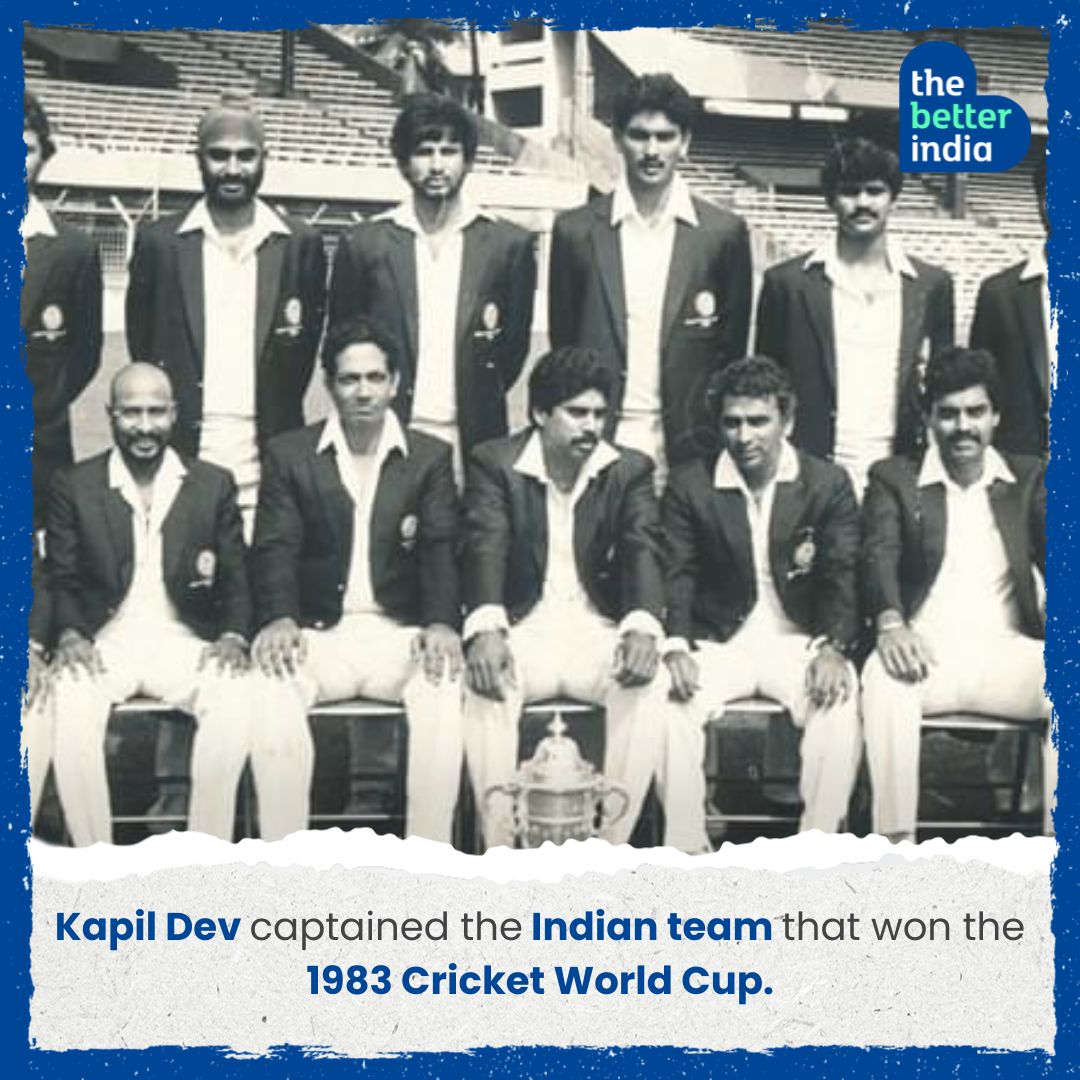
When Mahendra Kumar Sharma — a pioneer of women’s cricket in India — passed away in November last year, his loss was collectively mourned by the sports fraternity. His zeal was among the many qualities that were saluted.
The story goes that in the 1970s, Sharma who frequently organised softball tournaments for school and college-going girls, was keeping a close eye on women’s cricket unfolding in England and Australia. Keen for Indian women to access these opportunities, he hatched a plan.
One morning the people of Lucknow woke up to clarion calls of “Kanyaon ki cricket hogi, zaroor aaiye” (Girls will be playing cricket, do come). The amplified voice belonged to none other than Sharma, who grouped interested women into the first association for women’s cricket in India. It was called the Women’s Cricket Association of India (WCAI) and was officially registered under the Societies Act of Lucknow in 1973.
Another all-rounder in cricket, Kapil Dev was known for his leadership both on and off-field. A milestone feat in Dev’s career was captaining the Indian team that won the 1983 Cricket World Cup. On the eve of the match, as he spoke to the team encouragingly saying, “We can beat the mighty West Indies,” they highly doubted it.
But they were proved wrong, as hours later, Dev lifted the trophy becoming the first Indian skipper to do so. Recalling his pep talk in an interview with The Times of India, he said, “As a captain, you have to make sure that if you rub those kinds of positive words into the team, it will work.”
2. Sporting legends who proved their mettle
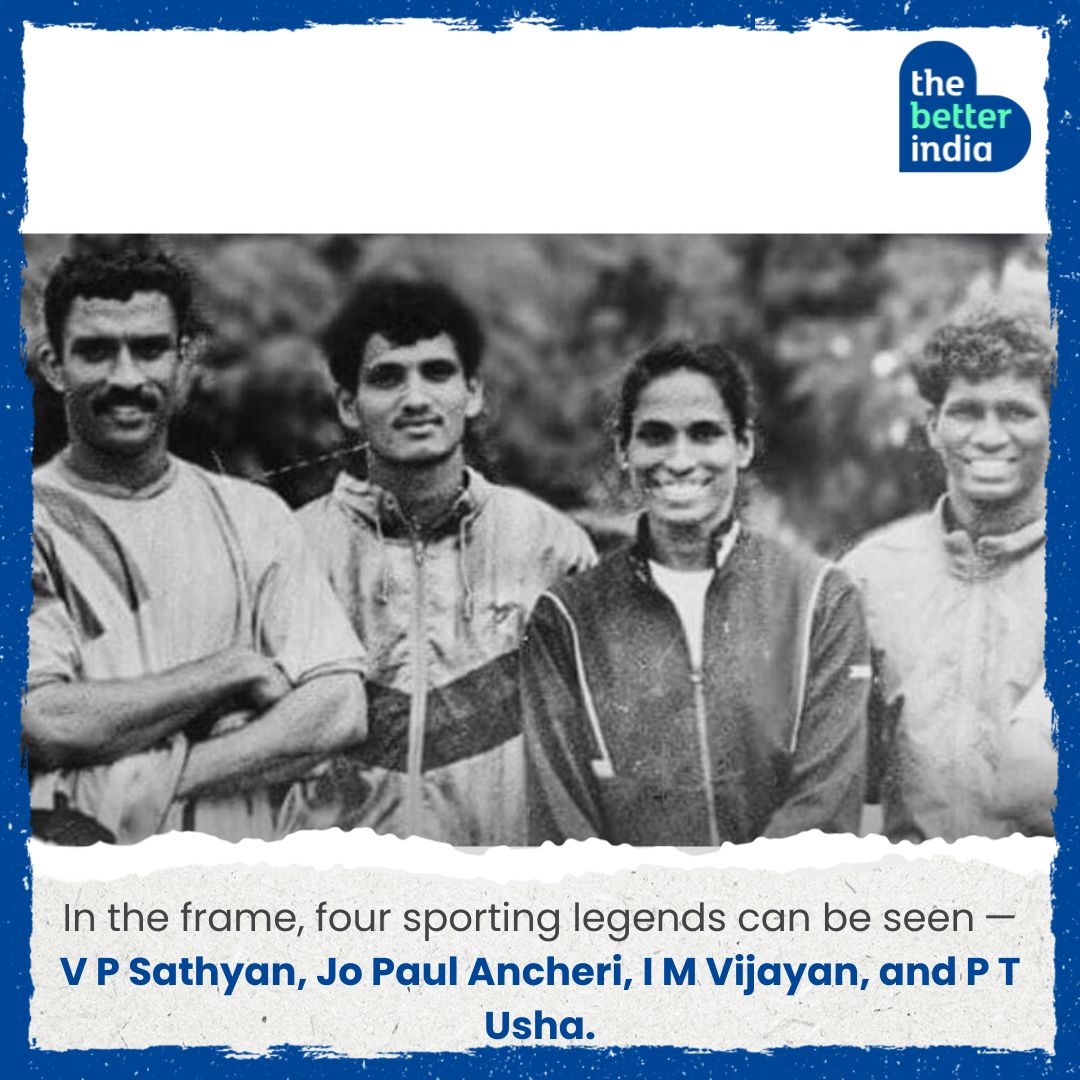
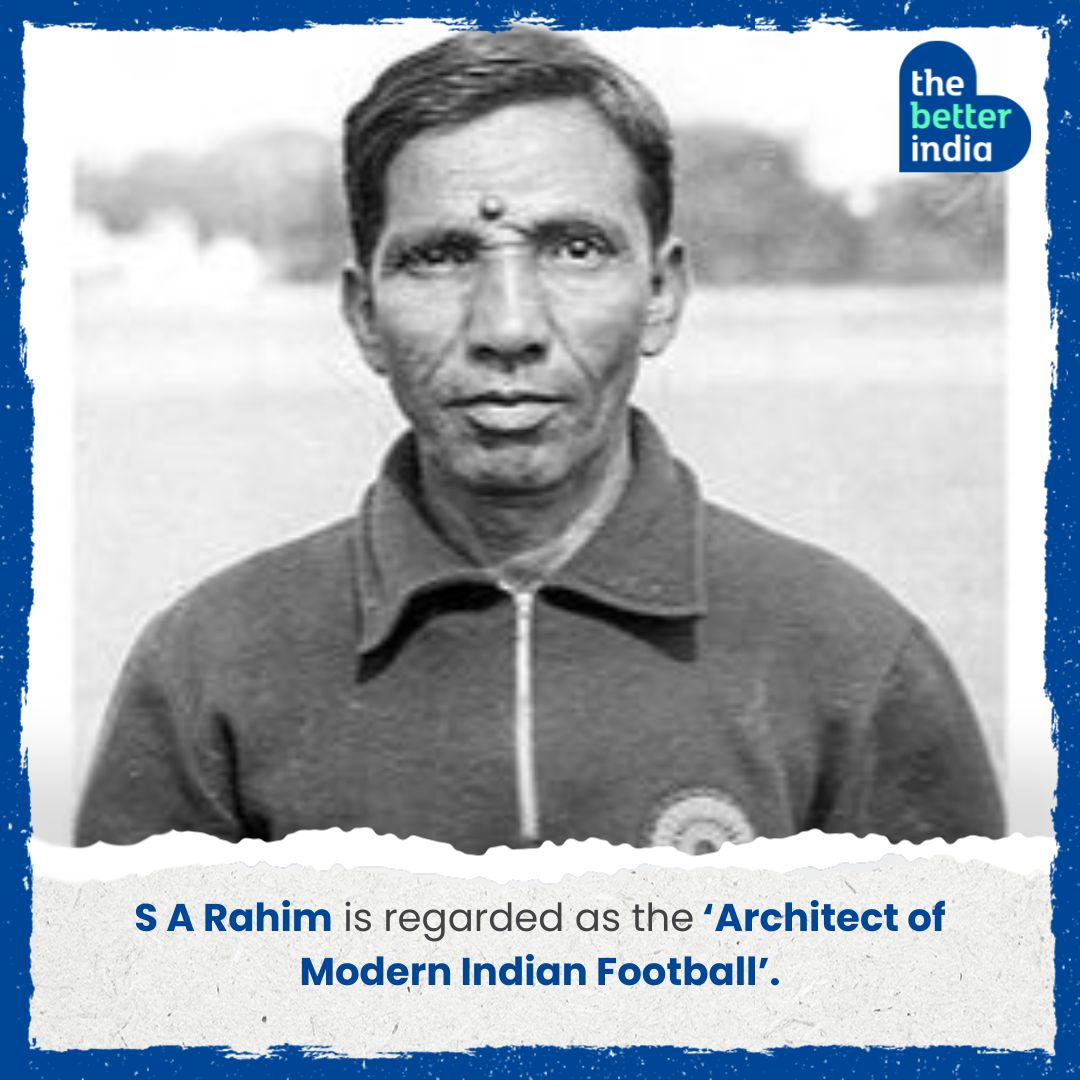
V P Sathyan started his career with the Kerala State Team and went on to great heights. His fans remember the footballer’s magnificent 35-yard footer in the 1986 Merdeka tournament against South Korea, which took India into the semi-finals. But many would argue that his 1992 game, which helped end Kerala’s 17-year Santosh Trophy title drought, was equally fascinating. Sathyan was also part of the India squad that cantered to a gold-medal finish at the 1995 SAF Games in Chennai.
Jo Paul Ancheri who played under Sathyan’s captaincy shared his dynamic. The former was widely regarded for his ability to play in multiple positions — defensive midfielder, midfielder, and striker. His stellar performances during the 1993–1994 season established him as one of the best players in the country. Shortly after the season, he got a call to play for the Indian National Team.
IM Vijayan’s rise from poverty to stardom is a story for the books. As a child, he sold eatables in the Thrissur Corporation stadium, ironically, the same place that shaped his passion for the game and his career thereafter.
Vijayan’s love for football was spotted by Mr M K Joseph, the former DGP of Kerala, who took to the boy and adopted him into the Kerala Police — where the former started his club career in 1989. The rest is history.
The list of great personalities in football would be incomplete without the name of S A Rahim. This ‘Architect of Modern Football’ led the team to gold medals at the 1951 and 1962 Asian Games, along with moulding many players.
The teacher-turned-football coach is also credited with starting football groups across Andhra Pradesh, some of which are still functional today.
While these men made their mark on the field, Arjuna Award (1983) and Padma Shri (1985) awardee PT Usha made it on the track. She was only 12 years of age when she began training in the Women’s Sports Department, set up by the Kerala State Government in Kannur, and was often hailed as ‘Payyoli Express’ for her speed. Through her two-decade-long career, she won a total of 33 international medals and was crowned ‘Sportsperson of the Century’ by the International Olympic Committee (IOA).
3. Champions of the Ring
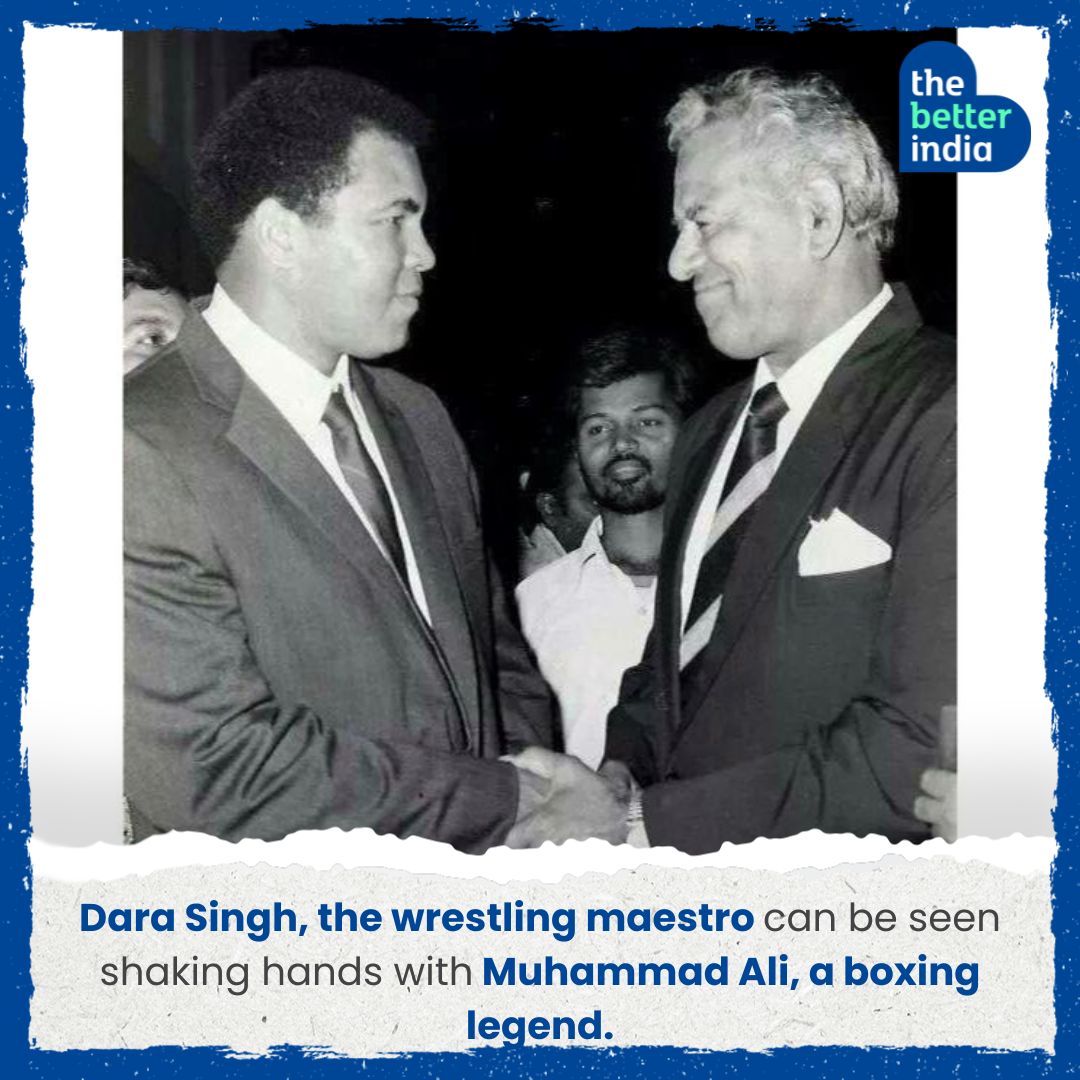
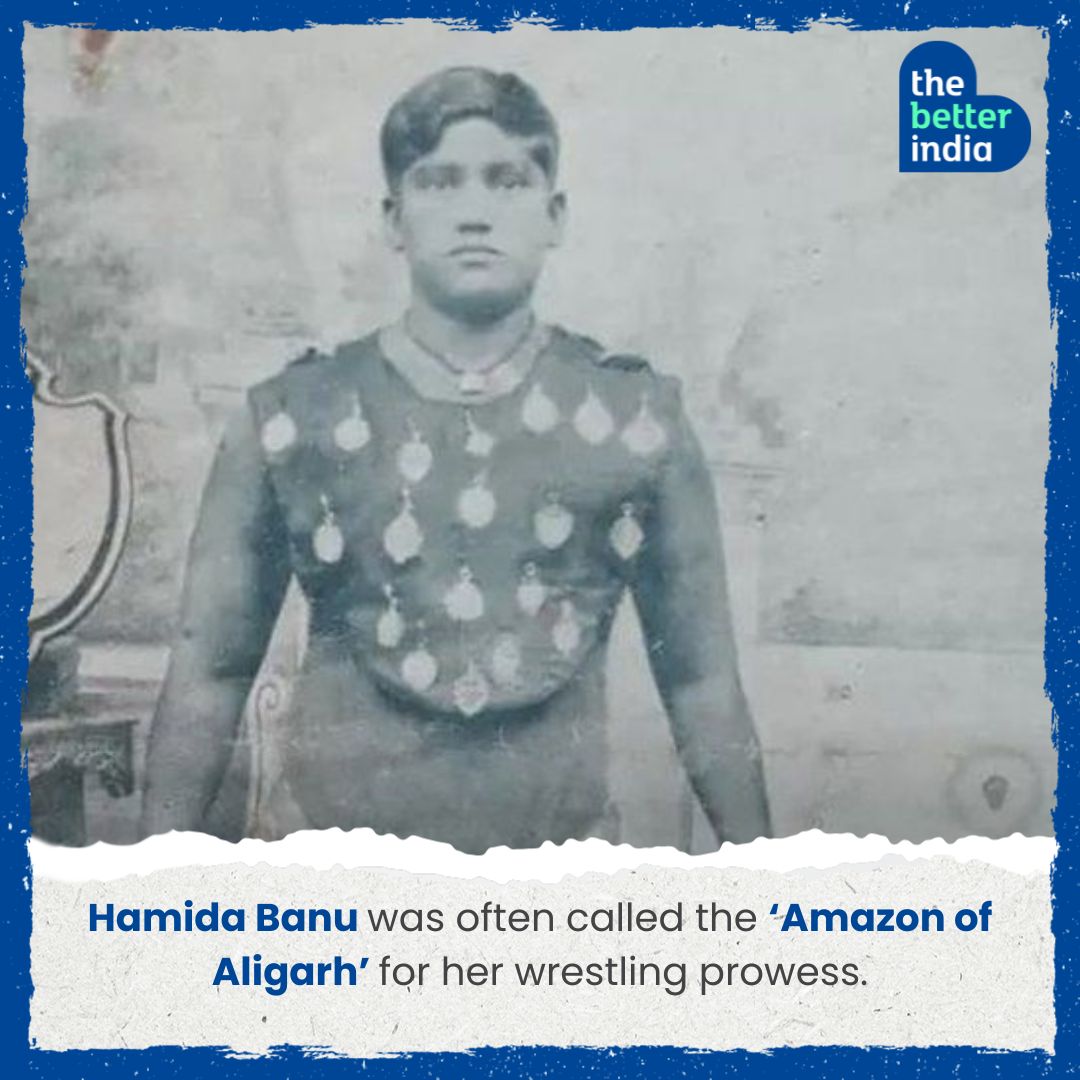
The wrestling maestro Dara Singh and boxing legend Muhammad Ali shared a friendly dynamic. While in the ring, both were fearless, swift and intuitive. Dara Singh’s career was dotted with 500 professional fights, none of which he lost. The Indian pehalwan won hearts in 1968 with his win at the World Wrestling Championship where he defeated world champion Lou Thesz.
Muhammad Ali shared the same glorious journey.
“An agile mind, a buoyant personality, a brash self-confidence and an evolving set of personal convictions fostered a magnetism that the ring alone could not contain.” These words were used by The New York Times to describe the three-time world heavyweight boxing champion.
Another wrestler Hamida Banu had slightly different tactics from her male counterparts. “Beat me in a bout and I’ll marry you,” she would challenge her male contemporaries before a match.
Whether it was her face-off with Feroze Khan from Lahore in 1937, where she pinned him down in a short time, or with Baba Pahelwan in 1954 at Baroda, where she made him swear he would retire if she beat him — her fights made history.
The five-foot-three-inch stalwart went on to win more than 320 matches across her career.
4. Acing it all the way
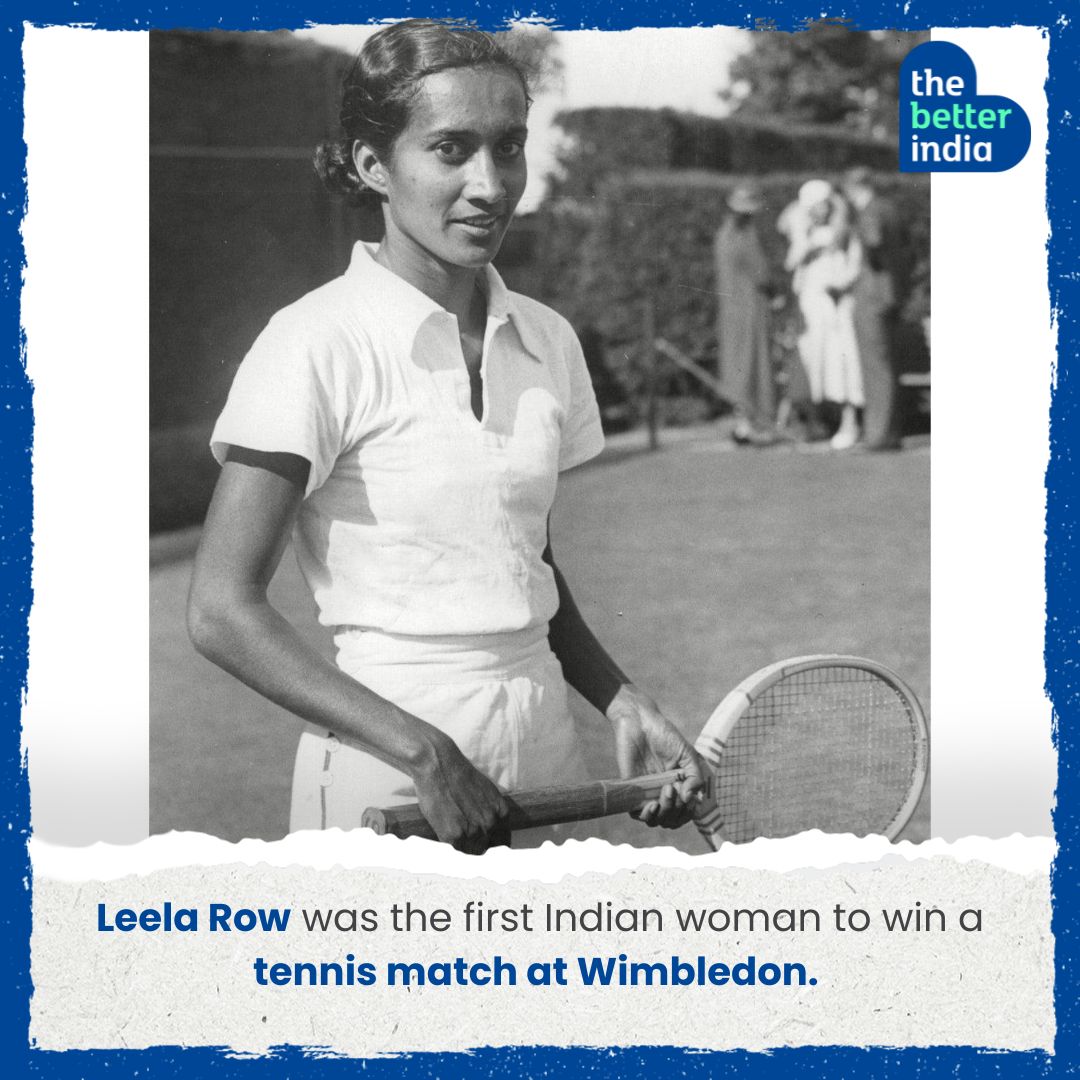
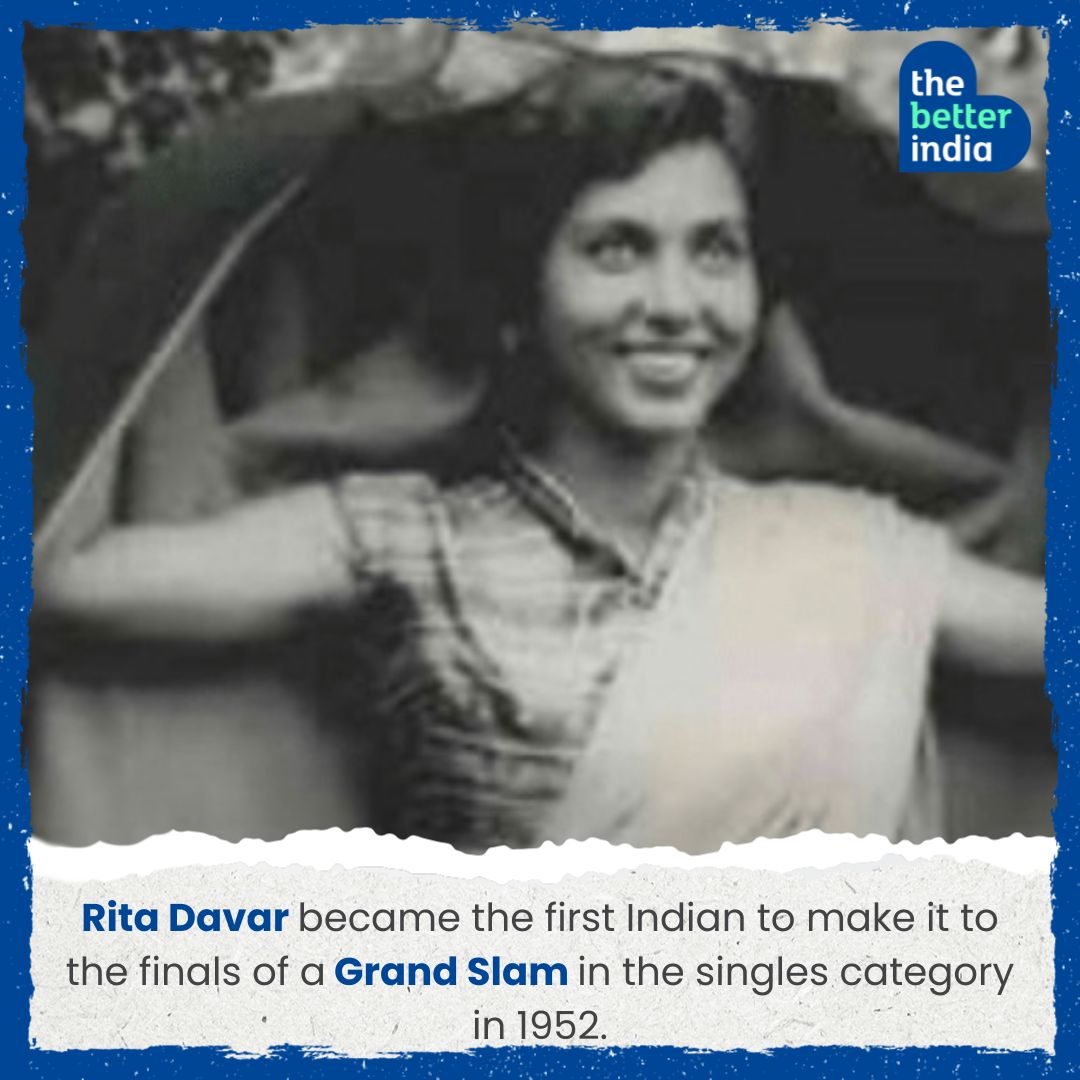
‘Jack of all trades and master of none’ does not hold true for Leela Row, the first Indian woman to win a tennis match at Wimbledon. Her prowess in tennis was only an addition to her many titles of writer, dancer and mountaineer. As she often said, she got it from her mother.
Leela was born to a Sanskrit scholar and tennis player Pandita Kshama Row, who followed both the arts and sports with equal passion. While her win at the Bombay Presidency Hard Court Championships in 1927 was applauded, her Sanskrit poetry won acclaim from the legends of the time.
Leela too followed in her footsteps. On days she wasn’t training in classical Indian dance or adapting her mother’s Sanskrit poetry, she was practising her serves.
In 1931, she won her first title at the All-India Championship, and in 1934, she became the first Indian woman to win a game at the grounds of Wimbledon with a 4-6, 10-8, 6-2 victory over Britain.
Another tennis maestro Rita Davar also had a series of firsts to her name. She made history in 1952 as she became the first Indian to make it to the finals of a Grand Slam in the singles category.
Davar also won the Indian Nationals and the All India Hard Court Championships in 1953 and 1954.
Edited by Pranita Bhat
No comments:
Post a Comment